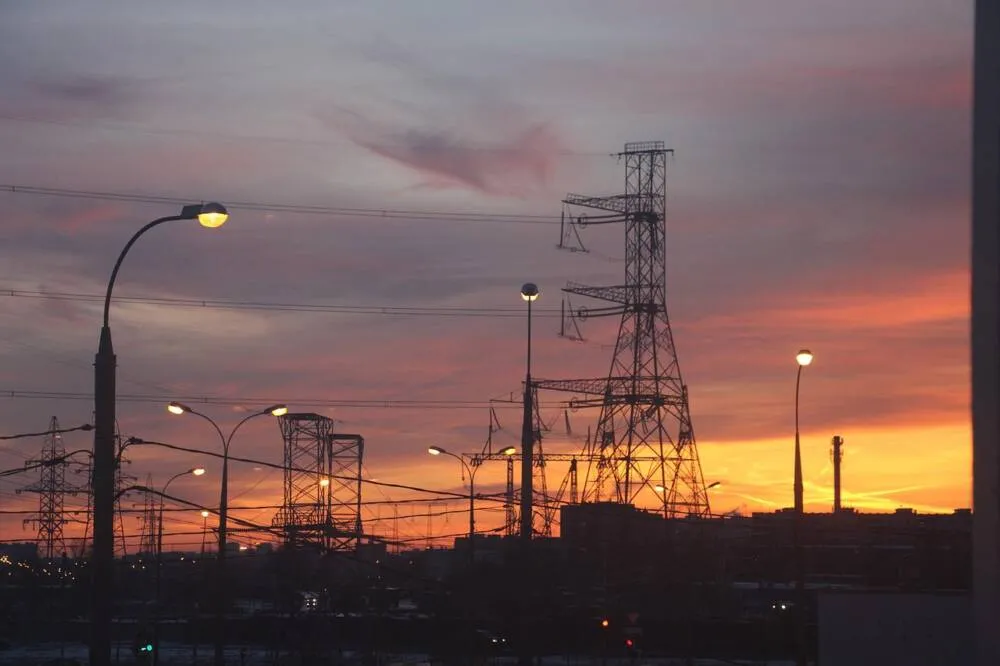In the article below you will find answers to some current questions about the energy situation.
Now the Norwegian government is answering questions that bother everyone.
Why is electricity in southern Norway so expensive?
There are several reasons why electricity is currently extremely expensive in the southern parts of the country. First, there has long been an unusual situation in European energy markets, which has intensified after Russia's military attack on Ukraine. Since autumn 2021, Europe has also found itself in a situation of record high prices for coal, gas and CO2 quotas. And because Norway is part of the European energy market, we are influenced by the situation in Europe.
Additionally, Norway's energy supply is dependent on the weather, and we are used to the fact that energy prices change with the weather conditions. The dry fall of last year contributed to rising electricity prices in some parts of the country. At the same time, the inflow to the reservoirs was lower than normal, which contributed to the low filling of the reservoirs, especially in the southern part of Norway. It also contributes to the increase in the price of electricity. In Central and Northern Norway, the power supply situation is considered normal.
What is the government doing to help those struggling with electricity prices?
Norwegian households can rest assured that the government will introduce measures to cut costs if electricity prices remain high. Already in December, the government introduced a temporary scheme to support households for electricity. The state pays part of the costs when the average electricity price is above 70 øre per kilowatt hour. The level of compensation was increased from 55 percent to 80 percent for the first time from and including January 2022. It will then be raised to 90 percent in October, November and December 2022. The electricity subsidy program has been extended until March 2023 with an estimated cost of around NOK 23 billion. A similar pattern has also been drawn up for voluntary organizations and agriculture. In addition, the government raised the housing allowance.
Why is the government not introducing a maximum price for electricity?
The government is considering a number of proposed measures such as a maximum electricity price. At the same time, the government realizes that such a proposal has many drawbacks.
For example, a maximum price may reduce the value of water savings in a power plant's water reservoirs. This in turn may undermine the security of supply and increase the likelihood of capacity rationing periods.
We need long-term, durable solutions for the electricity market, and the government wants to facilitate a better offer of fixed-price contracts that can provide financial predictability to those in need, as well as fixed-rate loan agreements. This will be important for both households and businesses.
Are the high prices caused by new foreign cables?
New foreign cables give us greater energy security, but also mean that we are more connected to the market in Europe. The increased transmission capacity makes Norwegian energy prices more influenced by conditions in the European energy market. In particular, the situation in 2021 and 2022 has driven growth energy prices in southern Norway, where there are transmission cables to European countries.
Read also: The history of Norwegian oil in 5 minutes
The government is currently carrying out a major overhaul of the energy situation over the past year. We are looking at there, among others how the export of energy from Norway affects the security of supply and electricity prices, and what are the measures to avoid a repetition of similar situations. At the same time, the government announced that we will not build new cables abroad during this period.
Both Europe and Norway have big plans to develop unregulated renewable energy in the coming years.
Why are we still exporting electricity abroad when we have so little of it in southern Norway?
Both the Minister of Oil and Energy and the Director of NVE made it clear to energy producers that they expected to save water so that we had enough energy for the winter. However, not all energy can be saved in reservoirs for winter. For example, in Norway we have a lot of river power plants that they have to produce when there is a lot of water in the watercourse, for example from rainfall or from thaw that happens in the summer. Currently, energy is produced and exported largely from power plants that cannot store water for later. When energy consumption, for example in summer in some places is low, excess energy must be sent to other parts of the country or abroad.
Can we stop selling electricity to Europe?
The government is currently constantly assessing the need for measures in the run-up to winter. In Norway, we are usually self-sufficient in terms of power, but this access varies depending on rainfall and temperatures. In Norway, too, we depend on the possibility of importing energy from neighboring countries. This occurs when there is little water in the tanks or at times of the year when consumption is very high. Therefore, it is important to maintain energy cooperation with other countries.
In recent weeks we had exports, while in the first half of May the situation was the opposite. Then we imported more than we exported. Therefore, it is worth securing our weather-dependent energy supply with the possibility of access to energy from other countries. Norway has had foreign exchange capacities since the 60s.
Could there be electricity rationing in southern Norway for the winter?
In southern Norway, the likelihood of energy rationing this winter is considered low. Nevertheless, it is important that security of supply is taken seriously, and the energy authorities and Statnett are closely following this development. The Norwegian Directorate for Water Resources and Energy (NVE) has asked Statnett to investigate high voltage measures and review contingency plans.
In addition, the Minister of Oil and Energy asked NVE to set up a reporting system for large hydropower producers in southern Norway. It is planned that producers will have to report on how they use the water bodies on a weekly basis. We need a better overview of regulated power production so that we can continuously assess whether further measures are needed to ensure security of supply in southern Norway in the coming winter and spring.
We cannot reduce the risk of rationing to zero, but these measures will help us ensure that we are as prepared as possible for winter. In Central and Northern Norway, the power supply situation is considered normal.
Will the power situation become "normal" again?
The government is concerned that access to large amounts of renewable energy should be beneficial in the future people and industry in Norway. In the current situation, it is important that we have both a short and long perspective in energy policy. We are doing what we can here and now to ensure security of supply and help households get help to cope with extremely high electricity prices. At the same time, we are carefully analyzing the power supply situation over the past year. We are looking at, among others: how energy exports from Norway affect the security of supply and electricity prices. We are working on actions to avoid the repetition of similar difficult situations. We are also considering more permanent measures to reduce vulnerability to high electricity prices.
In Norway, we use more and more electricity. We must develop power supply in such a way as to ensure that households and industry have the security of access to the necessary energy also in the long term. Then we will also have to build more power and we have added, among other things, a series for large development of offshore wind energy.
These are probably not all the questions and answers about the energy situation to which we could get answers. The most important of them still remains unanswered, and it is: When will it be cheaper?
Source: regjeringen
Read and learn more: Inflation and higher interest rates will slow the growth of the Norwegian economy



